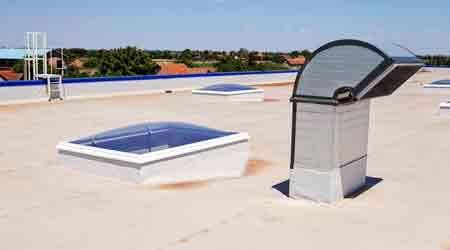Common Problems With Built-Up Roof Systems
Part 2 of a 5 part article on effective roof inspections
Built-up roofs consist of several layers of reinforcing materials embedded in waterproofing materials. A coating of gravel, granules, or a reflective coating protects the surface from UV light. Common problems with these systems include:
Alligatoring. A series of small cracks can develop in the roof’s surface as the result of shrinkage of the asphalt material. As the problem develops, it looks like dried mud or alligator skin. Left uncorrected, the cracks will grow into splits in the membrane. If inspectors catch the problem early enough, recoating the affected area can slow its spread.
Blisters. These soft bubbles form in the roof’s membrane due to moisture trapped underneath. They can be the size of a dime up to several feet across. They are most noticeable on hot days and can be easily broken by foot traffic. To correct blisters, workers need to identify and eliminate the source of the water. Then they can remove and patch the blistered area.
Ridges. They result from two main causes — thermal expansion of the roofing material and separation of the underlying insulation from the roof deck. The stress in the ridge eventually becomes sufficient to tear the roofing materials. Workers can repair ridges by removing and replacing the damaged insulation and roofing materials.
Related Topics:
















